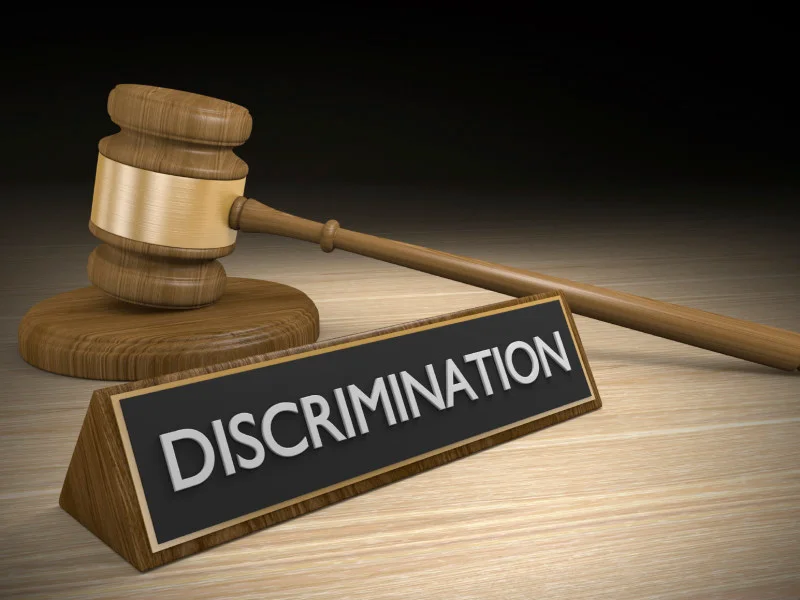
The Equal Employment Opportunity Commission, or EEOC, is a federal agency that is assigned to receive, investigate and occasionally prosecute claims relating to discrimination or retaliation in the workplace. These include claims for discrimination based upon race, gender, pregnancy, age, disability and religion, among others. The EEOC does not investigate claims relating to violation of the Family & Medical Leave Act (“FMLA”).
The EEOC has offices throughout the country – Buffalo, Boston and New York City being primarily responsible for handling cases throughout New York State. Each office has a team of investigators who will review documents, sometimes speak to witnesses, and make a recommendation to the Regional Director as to the outcome of a claim.
There is no fee for filing a complaint with the EEOC, but filing such a claim is often required as a first step before filing a lawsuit for discrimination in federal court. For these reasons the EEOC typically receives thousands of filings per year.
After an EEOC investigator reviews the case he or she will either interview witnesses or will issue a recommendation based upon the available information. The recommendation will either be that the agency cannot determine whether there is “probable cause” to believe that discrimination occurred, or that the agency does believe that there is “probable cause” to believe that discrimination has occurred. These are known respectively as No probable cause finding or a “probable cause determination.”
If the EEOC finds No Probable Cause they will issue a letter confirming this. This does not mean that the case is over – it simply says to the complaining party that the role of the EEOC is completed and the complaining party is now free to file a lawsuit in federal court if they wish to do so. This is known as a “Right to Sue Letter.” There is generally a 90 day period to file a claim after a no probable cause determination and Right to Sue letter is issued.
If the EEOC finds that Probable Cause does exist to believe that there was discrimination they will initially attempt to have a “conciliation” between the parties to attempt to resolve the case. If this is unsuccessful they will generally do one of two things. They will either elect to prosecute the case in Federal Court on behalf of the complaining party, or they will then allow the complaining to proceed to file a lawsuit in federal court.
The EEOC process can take several months, however there is a procedure that allows parties to request a right to sue letter 180 days after a complaint is filed. Attorneys frequently take advantage of this procedure to allow their claims to proceed in federal court.
What is the NYS Division of Human Rights?
Like the Equal Employment Opportunity Commission (“EEOC”), the New York State Division of Human Rights (“DHR”) is a state agency tasked with receiving complaints and investigating allegations of discrimination, harassment and retaliation in the workplace. Similar to the EEOC, the DHR considers mostly claims relating to discrimination based upon race, gender, disability, pregnancy, sex, and religion.
Unlike the EEOC, filing a claim with the NYS DHR is not necessary prior to bringing a lawsuit for violation of New York’s anti-discrimination laws. It does, however, sometimes make sense to file a complaint with the DHR as a first step if you have been the victim of discrimination or harassment in the workplace.
As with the EEOC the State Division of Human Rights – based primarily in Albany – has a team of investigators assigned to look into cases, talk to witnesses and provide their investigation findings to the Director of the Agency, who will then issue an initial determination.
From our experience the DHR tends to move cases through its system more quickly than the EEOC.
After the complaint is filed the DHR will ask the employer to provide a response to the allegations, after which the employee will have an opportunity to submit a “rebuttal.” The DHR may then schedule an investigative conference, which will bring the parties and relevant witnesses together to be interviewed (NOTE: this is not under oath).
Once the investigation is complete the DHR will either issue a No Probable Cause determination, or will issue a determination that Probable Cause exists to believe that discrimination occurred. This is where the differences between the DHR and EEOC are important.
If the DHR finds no probable cause the state claims are over – they cannot be re-litigated in court. Remember – this is different from a No Probable Cause determination at the EEOC. An employee can appeal an unfavorable ruling, however the standard is excessively high and makes the chances of success very low.
If, however, the DHR issues a probable cause determination they will then move to the next phase and schedule an Administrative Hearing before an Administrative Law Judge. This Judge, or ALJ, will have authority to make a finding as to whether discrimination took place, and will also be permitted to assess damages.
It is important to also consider that a DHR complaint may be withdrawn at any time prior to the administrative hearing, to allow the employee to file a lawsuit in state court. This is generally a strategic move that would only occur if the employee had an attorney.
Overall the NYS Division of Human Rights is often the best option for those who do not have an employment discrimination lawyer or who want to simply make a record of their complaints against an employer. If you have questions about an employment discrimination case please feel free to give us a call.
